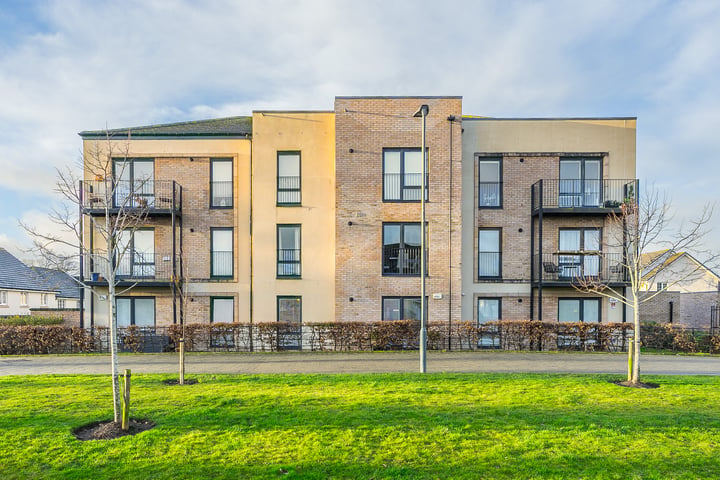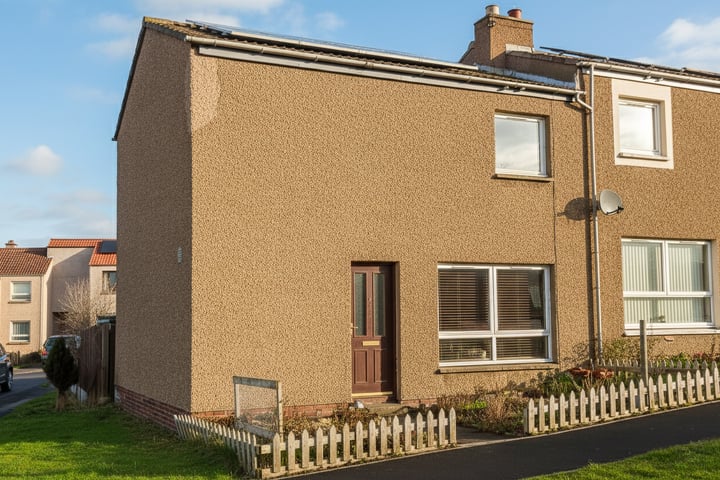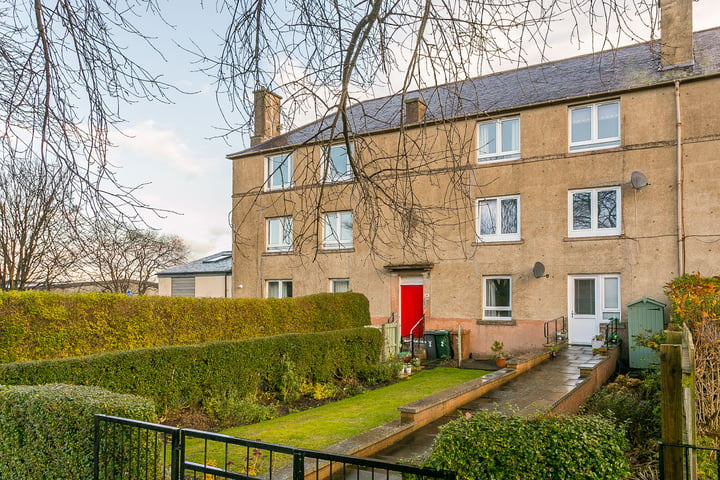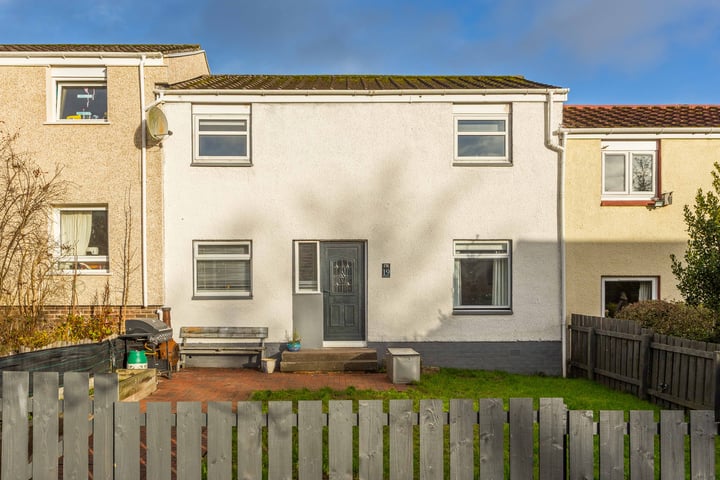Fears that repossessions rates are set to rise again
Towards the end of 2016, the Council of Mortgage Lenders (CML), which represents banks, building societies and other lenders, released figures showing that the total number of repossessions was at its lowest level for 34 years. The CML’s figures showed that a total of 7,700 homes in the UK were repossessed in 2016 compared with 10,200 in 2015. Reports suggest that the reason for this drop was falling mortgage interest rates that helped to reduce the number of mortgages in arrears across the UK by 7% to a total of 94,100.
The CML has however warned that mortgage rates will not always be so favourable, expressing fears that repossession figures will rise to be closer to 10,000 again. The CML has suggested that households across the UK are facing a reduction of real-term incomes as the Pound’s post-EU Referendum slump has pushed import costs up, eating into the value of wages and putting a strain on the cost of living.
What is Repossession?
When someone who has taken out a mortgage (the borrower) continually fails to meet their repayments, they will be in breach of the agreement that they entered into with their mortgage provider (the lender). The lender, to recover the money that they have lent to the borrower, can insist that the property is sold. The process of the lender taking full control of the property with a view to selling it is commonly known as ‘repossessing’ the property. Properties that have been so ‘repossessed’ by a lender are commonly known as ‘repossessions’.
How Does Repossession Happen?
To repossess a property, the lender must first get a court order allowing them to do this. If necessary, they will then evict the borrower from the property and secure the property. The property is thereafter marketed and sold by the lender, often using a local estate agent. After the sale, the amount of the loan, any missed mortgage payments, fees for missed payments and the lender’s fees for repossessing and selling the property are deducted from the sale price and any amount that is left over is paid back to the borrower. The lender is under an obligation to get the best possible sale price, in the circumstances, for the property.
When is Repossession Most Common?
Repossessions are most common in times of generally high-interest rates, high unemployment and a poor economy. Increasing interest rates make the mortgage payments for many borrowers higher and, as a result, they start missing payments. This, combined with people losing their income and livelihood, leads to high levels of repossessions.
Governments have in recent years brought in schemes to prevent people from losing their homes such as Support for Mortgage Interest (SMI). It is commonly said that lenders tend not to want to be property owners, so they are generally not keen to repossess properties unnecessarily, particularly where the property is worth less than the amount that has been borrowed.
Are You Worried About Repossession?
If you are concerned that you are falling behind with mortgage payments and that your home might be repossessed, you will generally get a better sale price and recover more money if you sell your own home on the open market before it is repossessed. This also allows you to choose your own, trusted estate agent rather than the house being sold by the agent that the lender selects. If money is tight, many agents will offer packages that reduce the upfront costs of getting your home onto the market as long as they are confident that they will be paid from any free proceeds of the sale after the property has sold.
If you would like more information, just call 0345 646 0208 (Option 1) or email [email protected] today and one of our expert team will be able to advise and help you through this process.







Leave a Reply